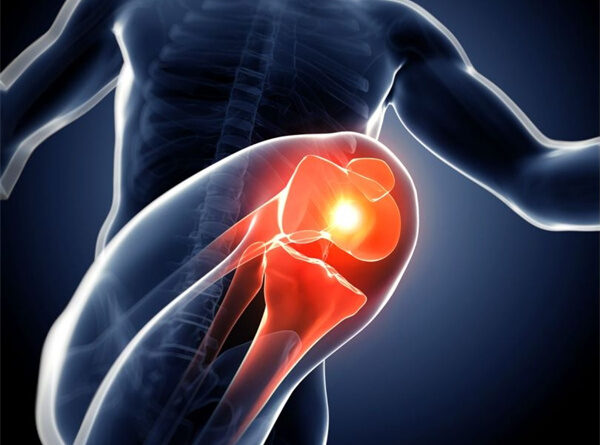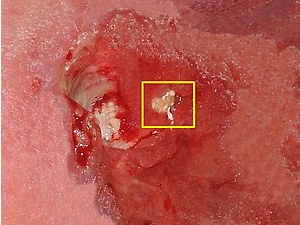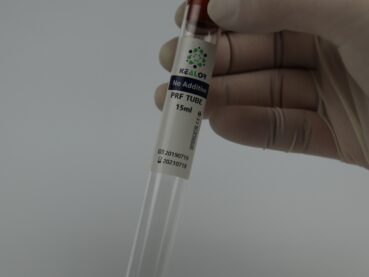Platelet-rich plasma (PRP) therapy has gained popularity as a treatment for various conditions, including joint pain and arthritis. PRP contains a high concentration of platelets, growth factors, and other bioactive molecules that promote tissue repair and regeneration. One of the essential steps in the preparation of PRP is the addition of an anticoagulant, such as citrate, to prevent the clotting of blood. However, the question remains whether PRP needs to be activated for joint injections when citrate is used as an anticoagulant.
Citrate is a commonly used anticoagulant in PRP preparation. It works by binding to calcium ions, which are essential for the clotting of blood. The addition of citrate to whole blood prevents clotting and allows for the isolation of platelets from other blood components. However, citrate also inhibits the activation of platelets and the release of growth factors from PRP.
Traditionally, PRP was activated using either calcium chloride or thrombin. However, the activation of PRP is not always necessary, and some studies have shown that non-activated PRP may have therapeutic benefits. For example, a study published in the Journal of Orthopaedic Surgery and Research found that non-activated PRP injections were as effective as activated PRP injections in the treatment of knee osteoarthritis.
Moreover, recent research has shown that the use of non-activated PRP may be beneficial for joint injections when citrate is used as an anticoagulant. A study published in the Journal of Orthopaedic Research found that non-activated PRP was more effective than activated PRP for reducing inflammation and promoting cartilage regeneration in a rat model of osteoarthritis. The authors attributed this effect to the inhibition of platelet activation by citrate, which allows for the gradual release of growth factors from PRP over time.
In conclusion, the activation of PRP is not always necessary for joint injections when citrate is used as an anticoagulant. The inhibition of platelet activation by citrate may allow for a gradual release of growth factors from PRP over time, resulting in enhanced therapeutic efficacy. However, more research is needed to determine the optimal use of non-activated PRP in joint injections and its potential benefits over activated PRP. As always, it is recommended to consult with a medical professional or healthcare provider for guidance on the use of PRP therapy.








